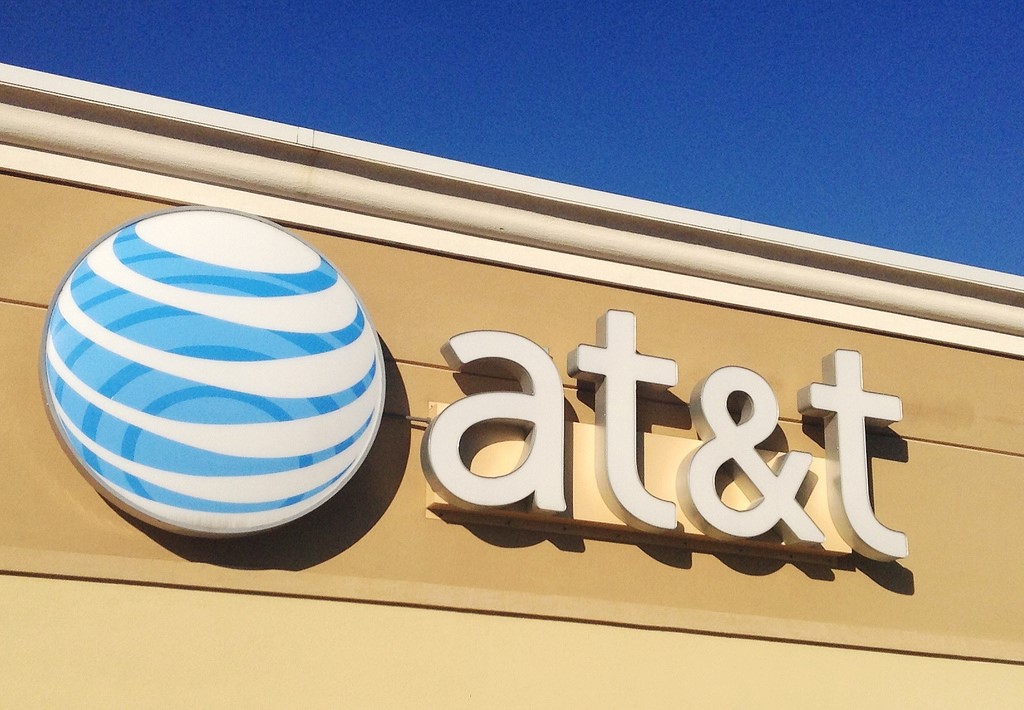Recently, the famous telecommunication company, Verizon made the announcement regarding its 5G network trials being introduced in 11 US cities. The proclamation by this renowned mobile and residential phone service provider gave users the idea that the Fifth Generation (5G) of networking is going to hit the markets soon.
However, the 5G network was still not expected until the late 2020s but, AT&T made its recent 5G announcements and raised the bar of expectations high.
AT&T’s 5G Proclamation
The recent agreement by the 3rd Generation Partnership Project (3GPP) wireless standards body resulted in the acceleration in some of the 5G New Radio (NR) timeline elements. With this agreement, AT&T – the well-known mobile and prepaid local phone service provider – announced that they’ll launch their standards-based mobile 5G services soon.
And how is “soon” defined, you ask? Well, the good news is that this could be as early as late 2018! This expected time period is a year ahead of the timeframe anticipated for the implementation of 5G technology.
With the standards acceleration by 3GPP, AT&T and 47 other global mobile and low-income phone service operators have snapped into action to revise their 5G network timeline.
The Whole Matter
The accelerated schedule allows the 5G NR specifications to be completed Dec 2017. The schedule actually supports ‘non-standalone’ 5G standards.
Now, what’s the difference between non-standalone and standalone 5G?
The non-standalone 5G uses the LTE network for connecting to the 5G data. On the other hand, the standalone 5G network is a whole new network core that differs from LTE completely but still works along with it.
AT&T, the telecommunication giant, has been offering mobile and prepaid local phone service for years and is well renowned for its network. The telecom behemoth supports both the non-standalone and standalone 5G standards. Thus, with the fixation in the accelerated standards, AT&T can easily work up its ways.
The accelerated timeline for the 5G standards would require the mobile and residential phone service provider to introduce more hardware for both the kinds of 5G standards.
The capabilities of AT&T for delivering the 5G network has already been tested with 3GPP on how the users can start with their non-standard 5G network and then switch to the standard network afterward. This testing has been covered under the AT&T Network 3.0 Indigo platform.
When it comes to the 5G network trials, AT&T has stayed much ahead in the race as compared to the other prepaid phone service providers. In January 2017, the telecom giant joined hands with Ericson and Qualcomm Inc. for testing the 3GPP 5GNR network specification. The tests were to be carried for the second half of 2017.
With prototype devices by Qualcomm and the base station solution by Ericson, AT&T, and the two others had planned on deploying the 28GHZ and 39GHZ spectrum bands for boosting the network availability for AT&T prepaid phone service users.
Recently, AT&T has acquired FiberTower to make its 5G game strong by utilizing the millimeter wave (mmWave) spectrum assets of said company.
Final Thoughts
A number of renowned telecom companies providing mobile and residential phone service for years have been engaged in creating opportunities to deliver the 5G network by the end of 2020.
With the revised standards by 3GPP, it is expected that the specifications will be met by the end of June 2018 and as AT&T is already prepared well in advance, it might be able to deliver its 5G network services by the end of 2018!
So, we can just wait and see how the 5G revolution changes our lives with improved telecommunication and internet services.

